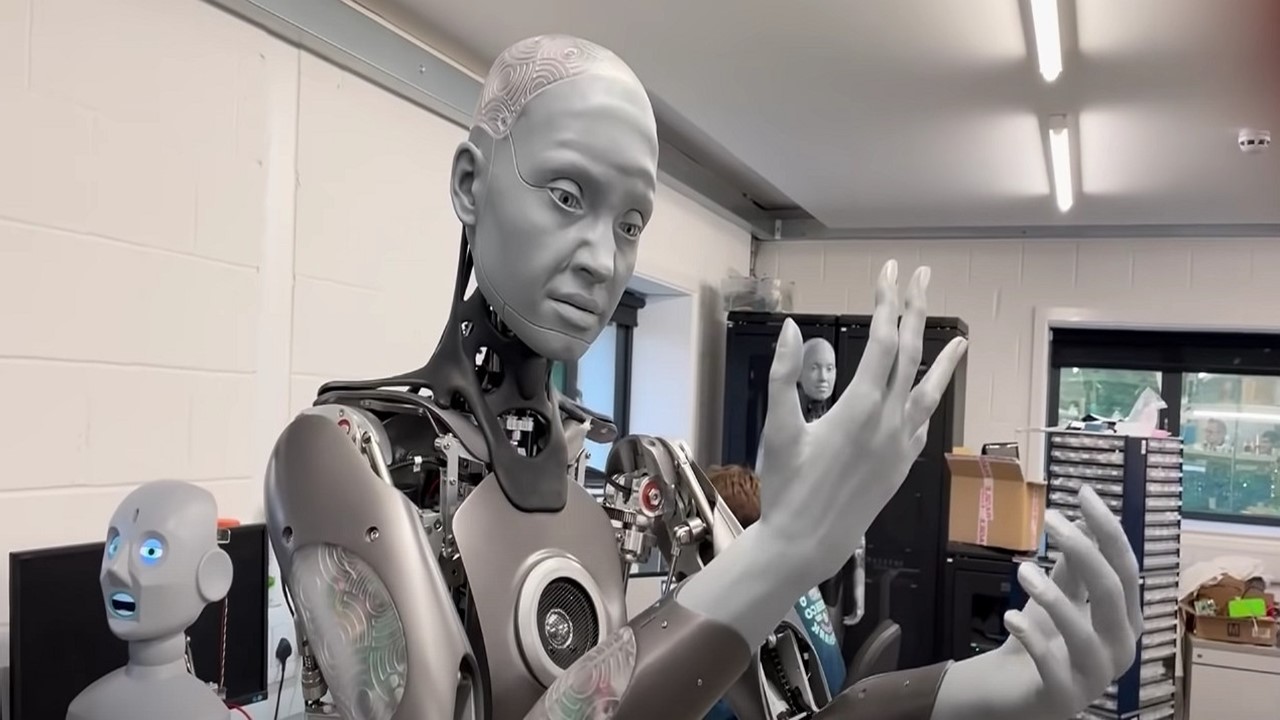The success of clinical trial operations depends on accurate medical coding. Medical coders now have a fantastic opportunity to swiftly recognize and validate the correct codes by collaborating with AI-enhanced computer-assisted coding systems.
The accuracy of medical coding is being increased by AI through the use of natural language processing (NLP) and sophisticated machine learning (ML) techniques. This article will discuss what this transition will entail for clinical trial organizations.
Medical Coding Overview
Medical coding is the process of converting diagnoses, treatments, services, and equipment used in healthcare into standard medical alphanumeric codes. The diagnoses and procedure codes are derived from the documentation in the medical records, such as the transcription of the doctor’s notes, the results of the laboratory and radiologic tests, etc. Professionals in medical coding assist in ensuring that the codes are correctly applied during the medical billing process, which entails extracting the necessary information from the supporting documentation, assigning the proper codes, and generating a claim that will be reimbursed by insurance companies.
Every time you see a healthcare professional, medical coding takes place. The healthcare professional looks over your complaint and medical background, determines what’s wrong and how to treat you, and records your appointment. Not only is that documentation the patient’s ongoing record, it also serves as the basis for the healthcare provider’s payment.
Medical coding involves the capacity to comprehend anatomy, physiology, and intricacies of the services, as well as the laws and restrictions of the payers, in order to succeed, much like a musician who interprets the written music and uses their instrument to produce what is meant.
Medical coding was inspired by public death bills published in London in the 18th century. Doctors connected these in order to identify the cholera epidemic’s root cause. It is now much more important because medical coding data is used to enhance healthcare as a whole. In addition to being used to generate actuarial tables, the data derived from the codes are also used to determine utilization, manage risk, detect resource use, support public health initiatives, and more. The results are sent to payers for compensation.
Reviewing clinical statements and assigning standard codes utilizing the CPT®, ICD-10-CM, and HCPCS Level II categorization systems are the main responsibilities of a medical coder.
The Need for Medical Coding
The documentation of what was discovered, chosen, and carried out serves as the foundation for the healthcare revenue stream.
It is necessary to document a patient’s diagnosis, test findings, and therapy in order to ensure future visits will be of the highest caliber and to be reimbursed. The patient’s personal health records must be simple to understand and follow them throughout any subsequent complaints and treatments. Given the hundreds of millions of visits, operations, and hospitalizations that occur each year in the United States, this is particularly significant.
The difficulty is that there are a large number of problems, illnesses, injuries, and fatalities. Additionally, there are thousands of services rendered by providers as well as an equivalent number of injectable medications and supplies that need to be monitored. For simpler reporting and monitoring, these are categorized by medical coding. Each disease, technique, and tool in the medical field has a number of different names, eponyms, acronyms, and descriptions. All of these components’ terminology and presentation are standardized by medical coding, making it simpler to comprehend, monitor, and make changes to them.
Hospitals, providers, and payers may communicate quickly and consistently because to this standard language, which is required by the Health Information Portability and Accountability Act (HIPAA). A great deal of personal medical data is stored digitally and is based on allocated codes.
AI Augmented Medical Coding Advantages
The amount of time and money spent on repetitious work by medical coders generally exceeds 200 hours per month.
Fortunately, AI and machine learning are entering the area of medical coding, and it is anticipated that they will considerably increase efficiency by decreasing the amount of manual work involved in coding patient data.
AI medical coding shortens study duration and lowers expenses by reducing coding time and human error. All of this promotes patient wellbeing and speeds up drug development.
Increased Accuracy
Electronic health records (EHRs) use AI medical coding as a superfast guidance system, which ultimately increases a clinician’s accuracy. The clinical trial teams can correct their notes if the data doesn’t relate to a particular patient encounter because it gives them an indication of the codes that are being created through the paperwork.
Faster Coding
Companies can reduce code turnaround by days rather than hours or minutes thanks to the power of AI. This is due to AI’s rapid and clever ability to match phrases in the patient data with the appropriate codes and offer choices for a coder to consider. This makes it possible for medical coders to either choose from a list of proposed terms or to just accept the suggested term. All similar phrases in the study that have already been accepted are automatically coded with the recognized term. Coding timeframes are drastically shortened by this automation.
Reduced Risk
Organizations are using AI Medical Coding to streamline their coding procedures, lower mistake rates, and guarantee that the correct codes are being applied to each word. By lowering the possibility of inaccurate coding, this enhances study outcomes and data quality.
Expectations to Gain Traction
AI has become the standard for clinical record keeping in recent years. AI medical coding has made it possible to quickly and accurately translate clinicians’ and patients’ efforts to classify complex symptoms into simple and unambiguous categorization codes.
For clinical trial teams around the world, AI can serve as a strategic partner, preserving decades’ worth of patient data and altering trial models to better suit cutting-edge clinical research. As a result, the use of AI in clinical trials is only expected to increase, particularly in the area of medical coding.
Engr. Dex Marco Tiu Guibelondo, BS Pharm, RPh, BS CpE
Editor-in-Chief, PharmaFEATURES
Subscribe
to get our
LATEST NEWS
Related Posts

AI, Data & Technology
The Power of Unsupervised Learning in Healthcare
In healthcare’s dynamic landscape, the pursuit of deeper insights and precision interventions is paramount, where unsupervised learning emerges as a potent tool for revealing hidden data structures.

AI, Data & Technology
Unlocking Intelligence: A Journey through Machine Learning
ML stands as a cornerstone of technological advancement, permeating various facets of our daily lives.
Read More Articles
Synthetic Chemistry’s Potential in Deciphering Antimicrobial Peptides
The saga of antimicrobial peptides unfolds as a testament to scientific ingenuity and therapeutic resilience.











